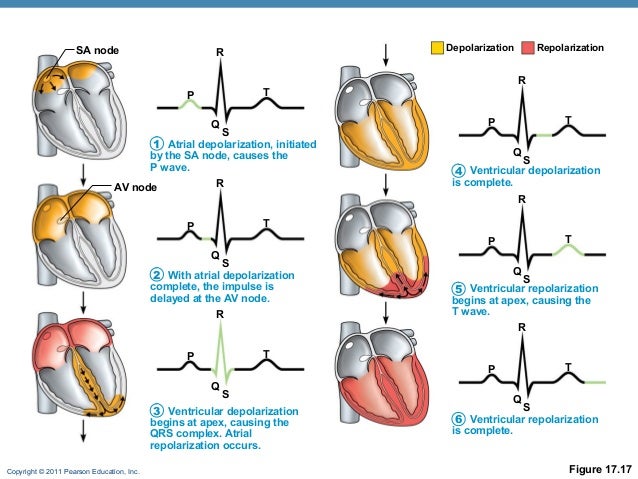Before entering this post, you must first understand the process of Bilirubin Metabolism...
Here I attach a diagram which hopefully would help, you can refer to various tutorials and materials online to understand its metabolism...
Basically, in urinalysis, we can only see one thing in urine
in normal condition, which is the urobilinogen. If there is abnormal condition,
we will see the second thing, which is conjugated bilirubin, cB because it is
water soluble so it is able to escape into urine from renal blood flow.
so you want to look at the uB amount and sometimes cB in the bloodstream and the urobilinogen and the cB amount in the urine.
i. Prehepatic (Pre- the prefix indicated there is already a problem before coming to the liver)
An example of problem would be hemolytic anemia, meaning the body
keep breaking down red blood cells due to various reasons and so there would be increase in the breakdown product namely heme which then was converted to uB. Thus, bilirubin, uB will increase in
plasma. But because other parts of the metabolism, in which the liver function and excretion of bilirubin are normal, and so when these plenty of uB
converts to cB, they will be sent as usual to the small intestine and converts to plenty of urobilinogen. Therefore , an increase in uB would result in increase of urobilinogen which maybe excreted through feces, reuptake into the bloodstream or excreted in urine (which you would agree if you had study the bilirubin metabolism I told you to). So the result is, in plasma, uB would increase and in urine, urobilinogen would increase. However, there would be no uB found in the urine because they are water insoluble, they bind to the albumin and could not pass through glomerulus filtration barrier. (GLOMERULUS: NO ENTRY). And cB
is not found as well in the urine because it was continuously converted to urobilinogen in the small intestine.
ii. Hepatic (Liver, you've got TROUBLE!)
There were 3 type of problems which our Mr. Liver might have.
1. He might not be able to uptake the uB from the plasma.
2. He might not be able to conjugate the uB that was uptaken into cB. (What was that enzyme again?)
3. He might not be able to send the conjugated cB into bile canaliculi. (Delivery man problem)
For second problem, Mr. Liver couldnt conjugate the uB this time, and so uB in plasma will stay in high amount, however there was no cB in the urine.
For the third problem, the cB that was produced via conjugation by the liver was not sent to the bile canaliculi. And so, cB escaped into the systemic circulation and was excreted directly into the urine through renal blood flow, thus for this case you will see cB appearing in the urine.
Urobilinogen amount in a hepatic cause of jaundice would be either normal or increased. Reason for its increase is that hepatic disease would usually affect the enterohepatic circulation in which less urobilinogen would be re-uptaken into the liver and was excreted in urine instead.
iii. Post Hepatic (there's a roadblock set after the liver)
Usually this was due to a obstruction that impede the bile flow along the way from the point immediately after the liver all the way to the small intestine.
Thus, the cB was not able to be sent to the small intestine via bile flow. Thus cB will escape to the systemic circulation and being excreted in the urine.
So, you would wonder what about urobilinogen.
Well, if the roadblock (obstruction) is complete, then no cB is able to pass through thus no conversion, so zero urobilinogen!
If the obstruction is partial, meaning there is still some cB able to pass through, the urobilinogen amount would be either normal or less than normal...
So conclusion, if you see an increase of urobilinogen in the urine, usually the problem was pre-hepatic.
If there was increase in cB, it would be either hepatic or posthepatic.
And an increase of uB or cB in the bloodstream exceeding certain amount would result in JAUNDICE (a sign you can see in patient...THE YELLOW MAN! in which the yellow discolouration occur in skin and sclera).




















